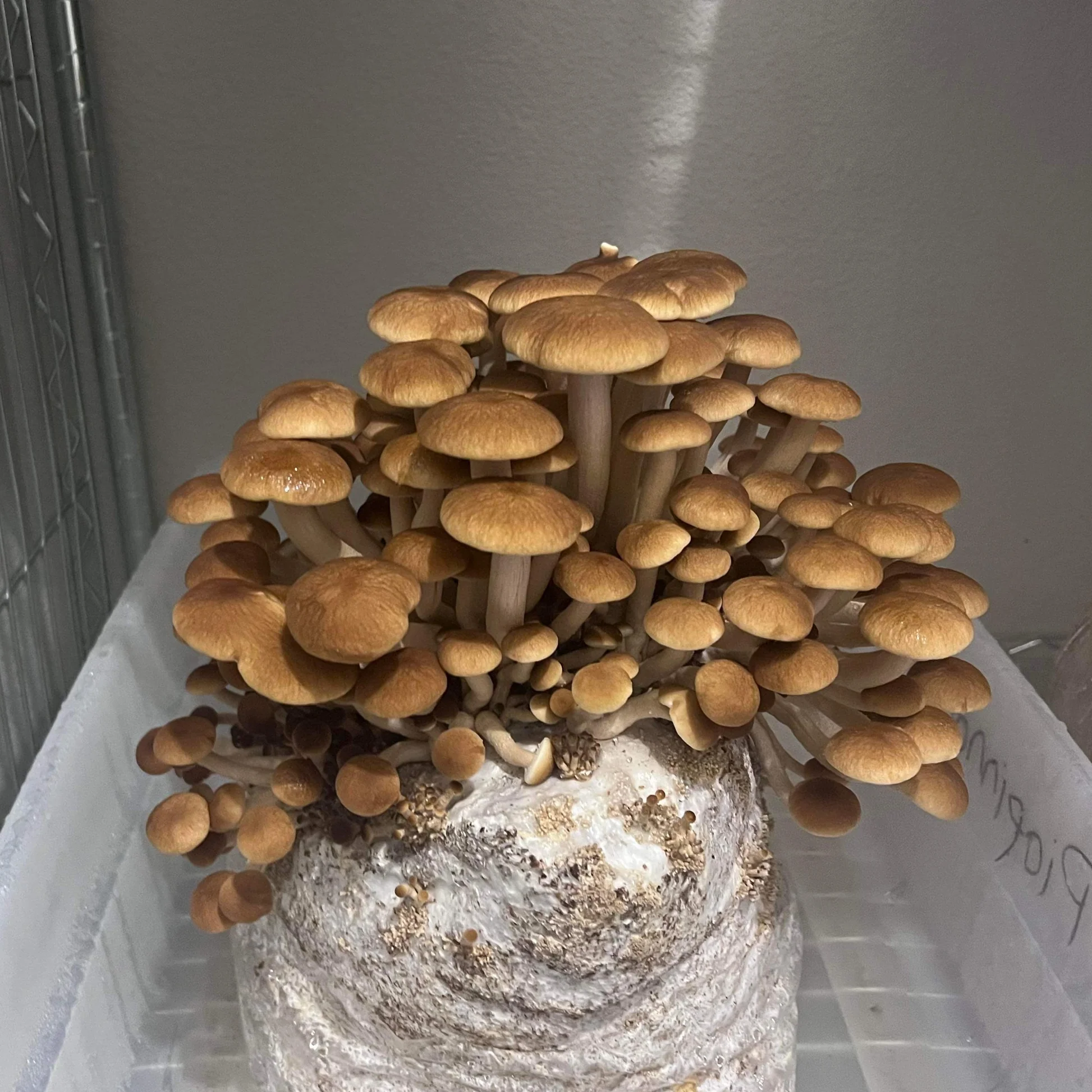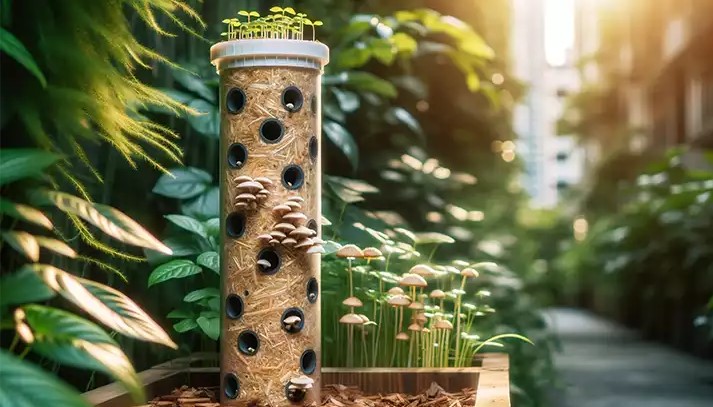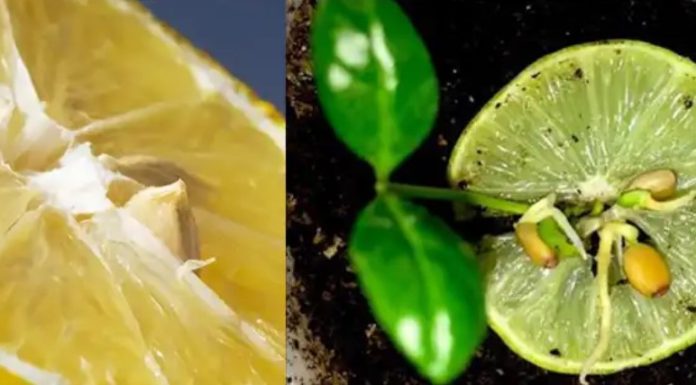Mushroom towers are an innovative solution for gardeners looking to maximize their space and yield. They are especially popular among urban gardeners who have limited space. This step-by-step guide will walk you through creating your mushroom tower, allowing you to grow mushrooms vertically in a compact, efficient manner.

Step 1: Gather Your Materials
To start, you’ll need the following materials:
- A tall, narrow container (like a plastic barrel or a PVC pipe)
- Straw or hardwood chips (substrate)
- Mushroom spawn
- A drill with a small bit
- Wax for sealing holes
- A spray bottle for misting
- A thermometer and humidity gauge
Step 2: Prepare the Substrate
Your mushrooms will grow on a substrate, which provides the nutrients they need. Straw and hardwood chips are common substrates for mushroom cultivation.
If you’re using straw, chop it into small pieces and soak it in hot water for an hour to pasteurize it. Drain and let it cool.
For hardwood chips, soak them in water for 24 hours, then drain.
Step 3: Sterilize Your Container
Ensure your container is clean to prevent any unwanted bacteria or fungi from contaminating your mushroom spawn.
Clean your container thoroughly with soap and water.
Optionally, you can disinfect it with a bleach solution (1 part bleach to 10 parts water).
Step 4: Drill Holes in the Container
Use a drill to create small holes around the container. These holes will be where your mushrooms grow out of.
Space the holes evenly, about 6 inches apart, covering the entire surface of the container.
Step 5: Inoculate the Substrate with Mushroom Spawn
Mix your mushroom spawn with the substrate.
Fill your container with the substrate-spawn mixture, packing it lightly to eliminate air pockets.
Seal the top of the container with a lid or plastic wrap. This will maintain the humidity inside.
Step 6: Incubate
Place your container in a dark, warm area (the optimal temperature depends on the mushroom species, usually between 55°F and 75°F).
Wait for the mycelium (mushroom roots) to colonize the substrate. This process usually takes 2-4 weeks. Check occasionally to ensure the substrate doesn’t dry out—if it does, mist it lightly with a spray bottle.
Step 7: Initiate Mushroom Growth
Once the mycelium has fully colonized the substrate, move the container to an area with indirect light and cooler temperatures (again, the optimal conditions depend on the species).
Use a spray bottle to mist the holes lightly daily. The increased humidity and fresh air encourage the mushrooms to grow through the holes in your container.
Step 8: Harvest Your Mushrooms
Mushrooms typically take a few days to a week to fully mature once they start growing.
Harvest them before the caps fully uncurl.
To harvest, gently twist and pull the mushroom out of the hole. Be careful not to damage the mycelium in the substrate, as it can produce multiple flushes of mushrooms.
Step 9: Maintenance and Troubleshooting
Monitor your mushroom tower for signs of contamination, like mold or off-smells.
After harvesting, you can sometimes get additional flushes of mushrooms. Continue to mist the tower and provide the right conditions, and more mushrooms may grow.
If the substrate dries out or becomes contaminated, or if no new mushrooms grow for several weeks, it’s time to clean out your container and start again from Step 2.
Building a mushroom tower is a rewarding project that allows you to grow fresh mushrooms at home, even in limited space. By following these steps, you can set up a productive mushroom garden in your own home. Remember, the key to successful mushroom cultivation is maintaining the correct conditions for your specific mushroom variety. Happy gardening!










